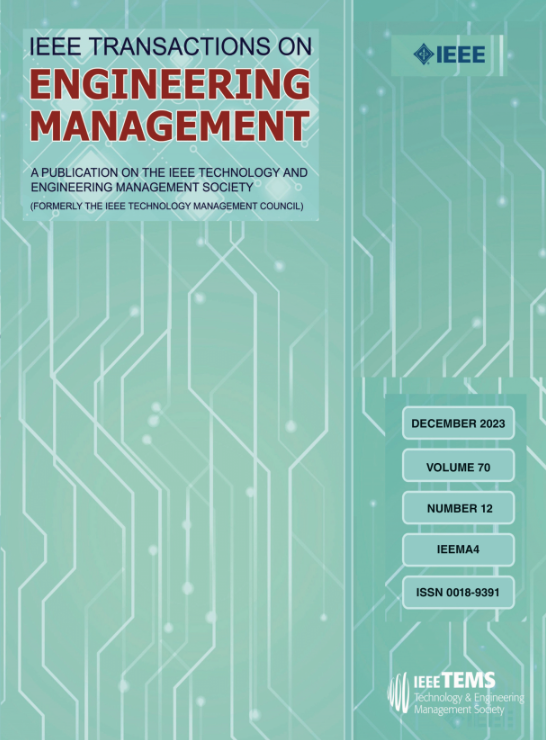Product Line Design and Channel Configuration in Low-Carbon Supply Chains
IF 4.6
3区 管理学
Q1 BUSINESS
引用次数: 0
Abstract
In low-carbon economy, governmental regulations and consumer eco-awareness significantly influence firms’ scheming of product architecture and channel mode as well as operations efficacy. Firms navigate these impacts by leveraging product line strategies to reconcile emission costs and market advantages in supply chains. This study delves into a low-carbon manufacturer–retailer supply chain, focusing on upstream emission reduction amid evolving consumer eco-awareness. Analyzing market segmentation and mass marketing product line approaches across varied channel setups, we uncover their distinct impacts on chain profitability and social welfare. Optimal pricing and strategic alignment criteria are identified for diverse product-line-channel blends. Manufacturer profit-prioritized decisions pivot on emission reduction, channel cost, consumer price sensitivity, and proportion of green consumers for self-interest optimization while social welfare oriented decisions depend on environmental awareness. We further conduct extension to analyze hybrid-channel scenarios, advising manufacturer's channel mode selection under either of two product line design strategies with managerial insights and implications. We show that it is substantial to pursue product line design through the lens of examining diverse channel configurations, which underlies the further pursuance of conditionally optimal matching between product line and channel mode. Our deployment of taking channel configuration as an endogenous dimension in attaining globally optimal product line design and its suited channel mode can enrich the understanding of product development and marketing intersection. Manufacturer can tailor strategies contingently on price competition intensity, emission-reduction-efficiency and consumer composition while policymakers may exploit our proposed analysis framework to scheme regulations for guiding firm behavior towards obtaining optimal social welfare.低碳供应链中的产品线设计与渠道配置
在低碳经济条件下,政府法规和消费者生态意识对企业产品架构和渠道模式的规划以及经营效率有显著影响。企业通过利用产品线战略来协调供应链中的排放成本和市场优势,从而应对这些影响。本研究以低碳的制造商-零售商供应链为研究对象,聚焦于消费者生态意识演进中的上游减排。通过对不同渠道设置的市场细分和大众营销产品线方法的分析,我们发现了它们对连锁盈利能力和社会福利的不同影响。确定了不同产品线-渠道混合的最优定价和战略对齐标准。制造商利润优先决策主要依赖于减排、渠道成本、消费者价格敏感性和绿色消费者比例来实现自身利益优化,而社会福利优先决策主要依赖于环境意识。我们进一步扩展分析混合渠道场景,为制造商在两种产品线设计策略下的渠道模式选择提供建议,并提供管理见解和启示。我们表明,通过检查不同渠道配置的镜头来追求产品线设计是重要的,这是进一步追求产品线和渠道模式之间有条件优化匹配的基础。我们将渠道配置作为实现全局最优产品线设计的内生维度,并将其作为合适的渠道模式,可以丰富对产品开发和营销交叉的理解。制造商可以根据价格竞争强度、减排效率和消费者构成调整策略,而政策制定者可以利用我们提出的分析框架来制定法规,指导企业行为以获得最优的社会福利。
本文章由计算机程序翻译,如有差异,请以英文原文为准。
求助全文
约1分钟内获得全文
求助全文
来源期刊

IEEE Transactions on Engineering Management
管理科学-工程:工业
CiteScore
10.30
自引率
19.00%
发文量
604
审稿时长
5.3 months
期刊介绍:
Management of technical functions such as research, development, and engineering in industry, government, university, and other settings. Emphasis is on studies carried on within an organization to help in decision making or policy formation for RD&E.
 求助内容:
求助内容: 应助结果提醒方式:
应助结果提醒方式:


